The volcano is thousands of feet below the ocean’s surface, so it poses no danger to people. But under all that water, a dramatic eruption is brewing.
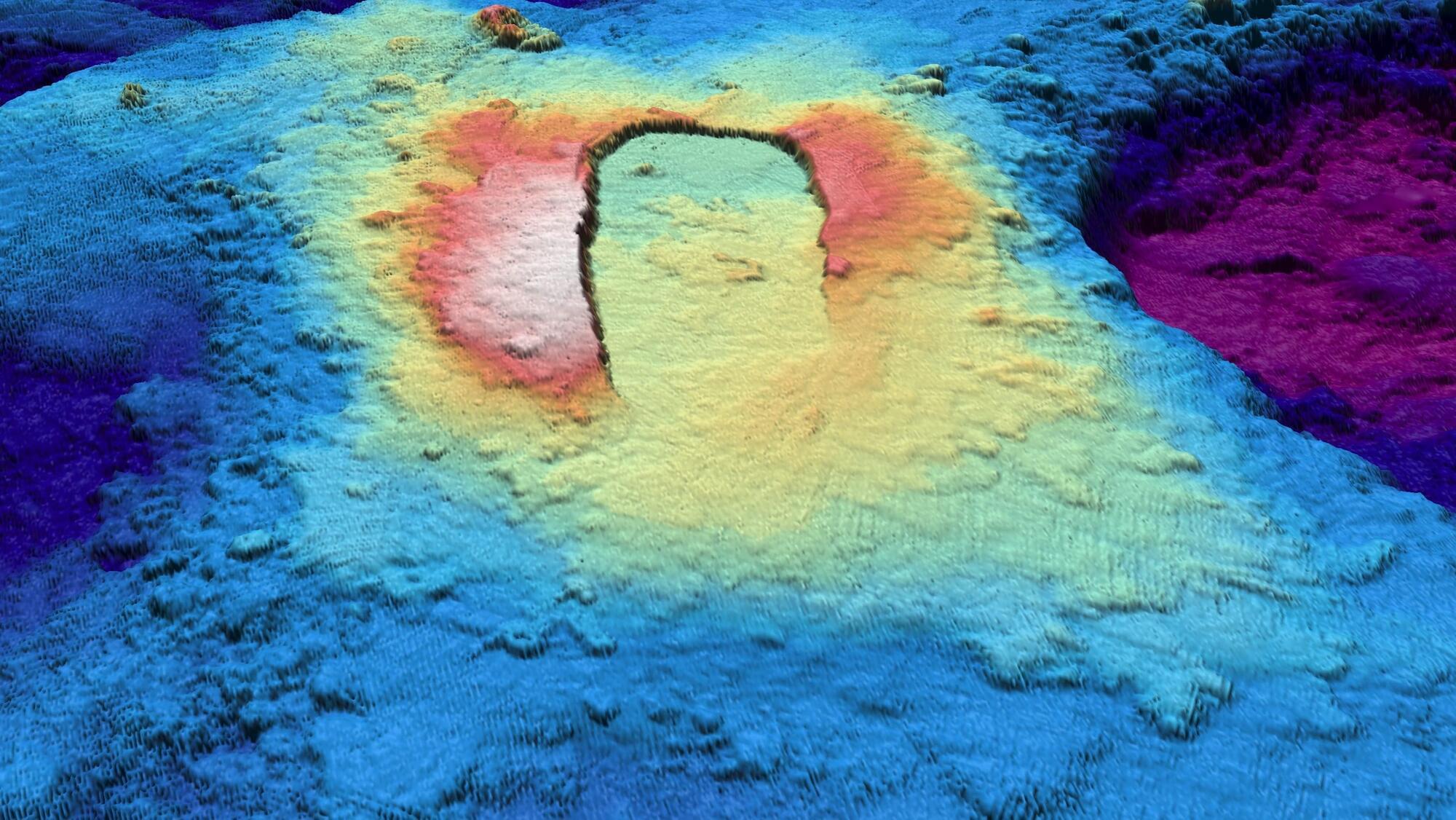

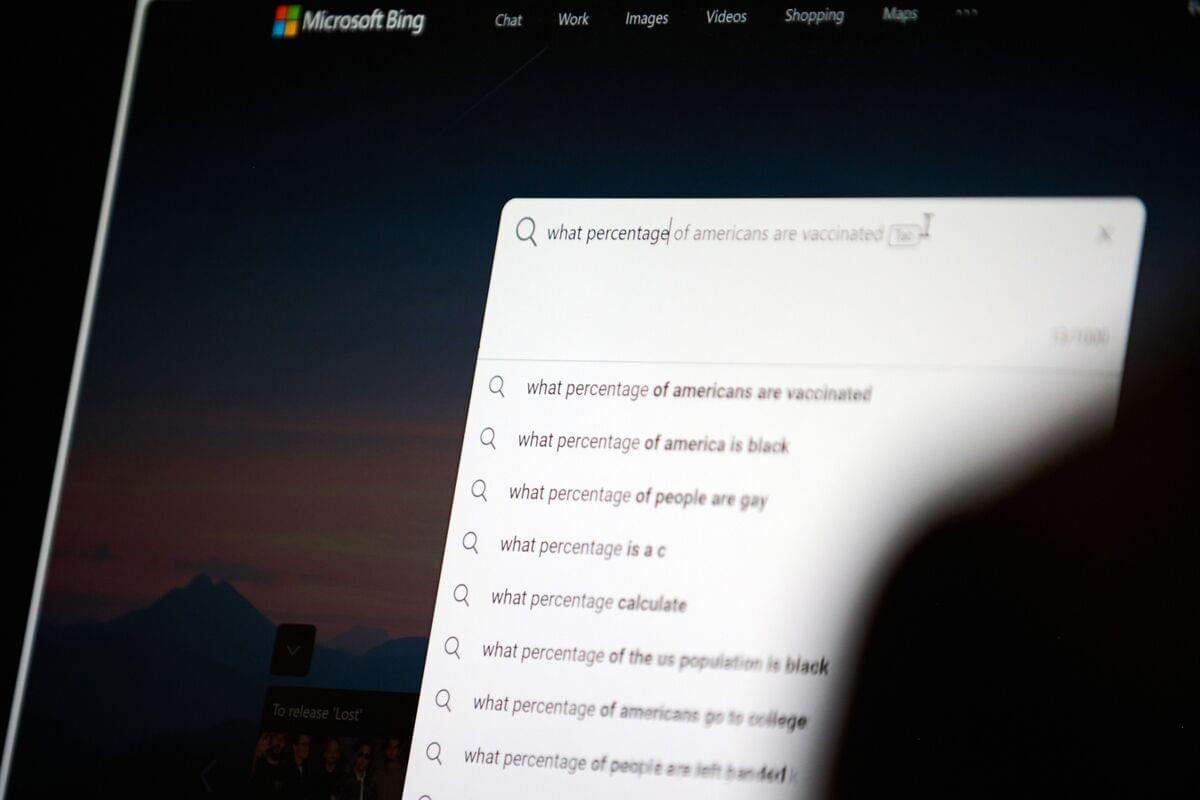
Special Offer! Use our link https://joinnautilus.com/SABINE to get 15% off your membership!
The rise of AI has made us humans increasingly question what consciousness really is. In a recent study, researchers pitted two competing theories of consciousness against one another, the controversial Integrated Information Theory versus Global Neuronal Workspace Theory. Let’s take a look at what they found.
Paper: https://www.nature.com/articles/s41586-025-08888-1
🤓 Check out my new quiz app ➜ http://quizwithit.com/
💌 Support me on Donorbox ➜ https://donorbox.org/swtg.
📝 Transcripts and written news on Substack ➜ https://sciencewtg.substack.com/
👉 Transcript with links to references on Patreon ➜ https://www.patreon.com/Sabine.
📩 Free weekly science newsletter ➜ https://sabinehossenfelder.com/newsletter/
👂 Audio only podcast ➜ https://open.spotify.com/show/0MkNfXlKnMPEUMEeKQYmYC
🔗 Join this channel to get access to perks ➜
https://www.youtube.com/channel/UC1yNl2E66ZzKApQdRuTQ4tw/join.
🖼️ On instagram ➜ https://www.instagram.com/sciencewtg/
#science #sciencenews #consciousness
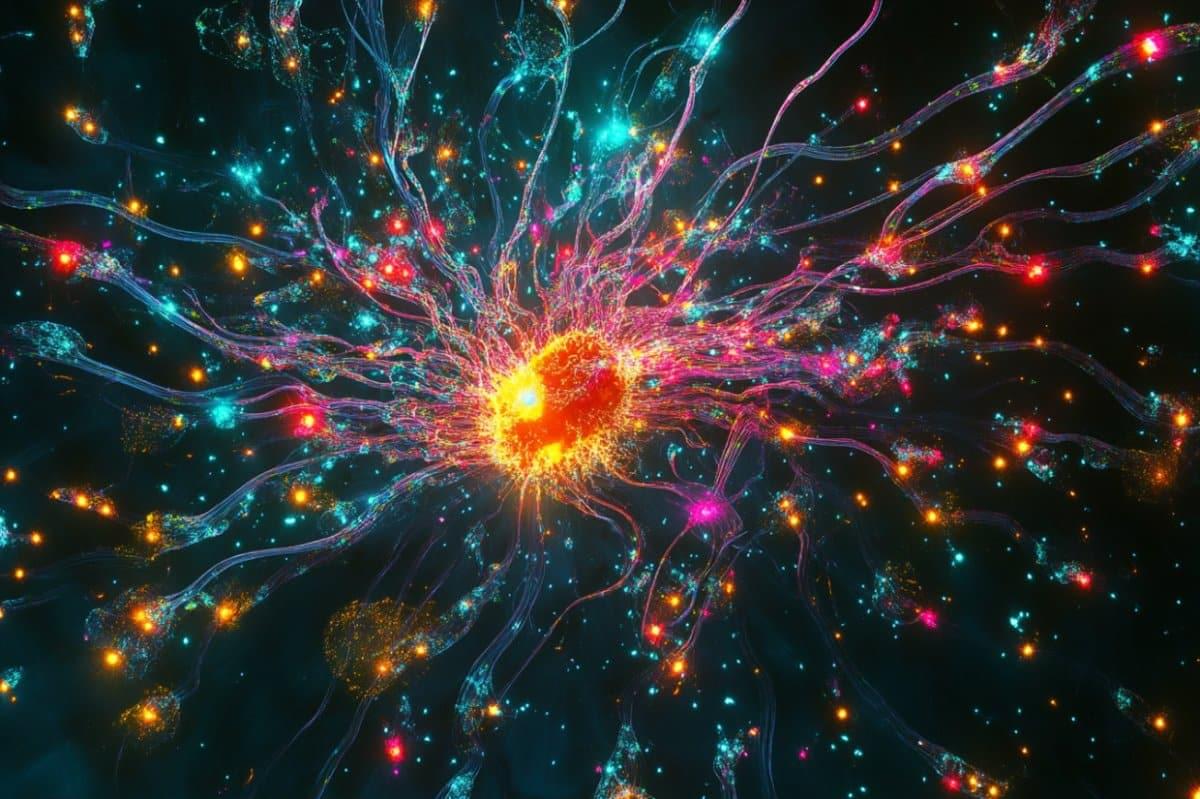
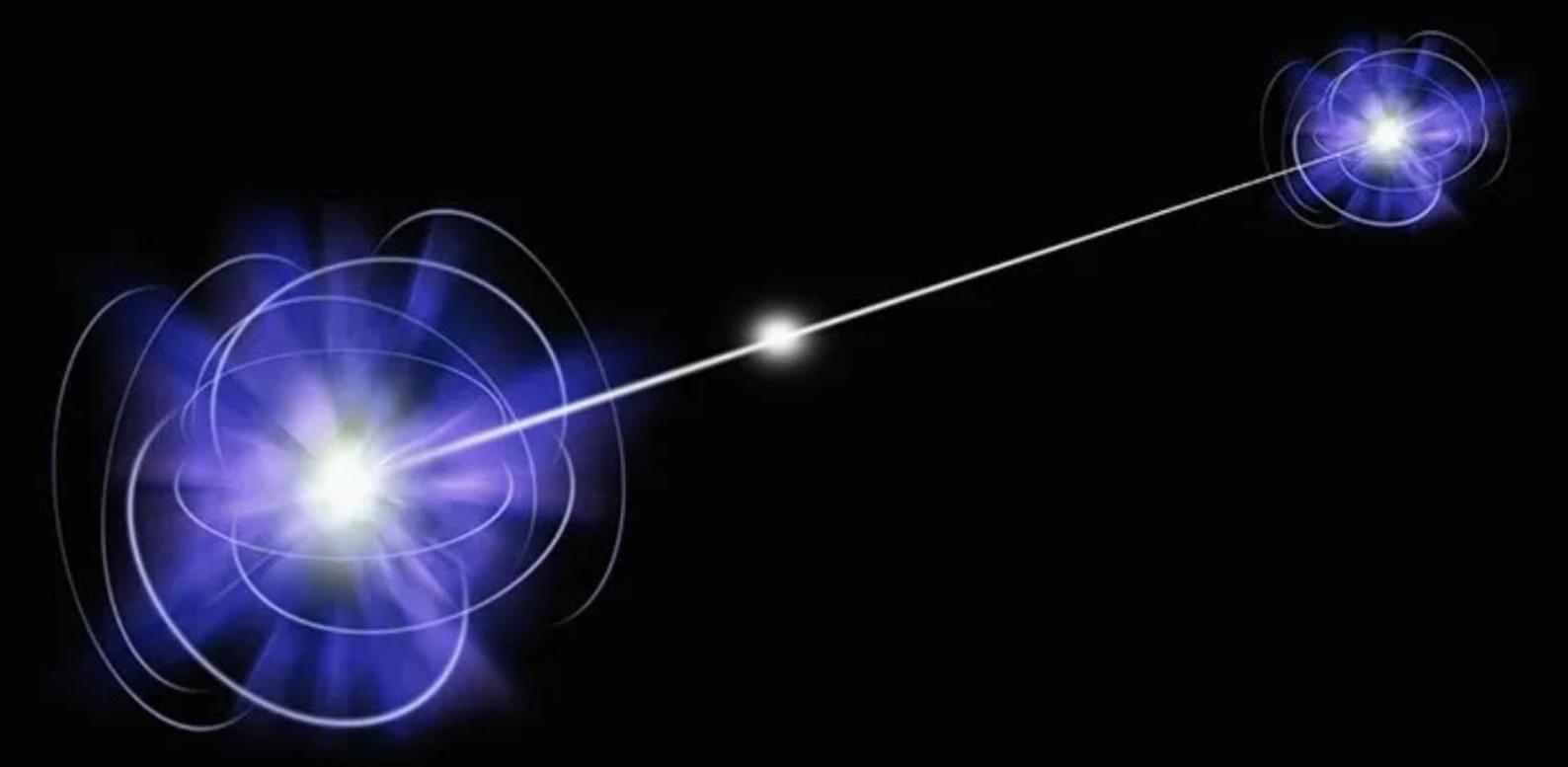

If you need an excuse to turn off the laptop over the weekend or rein in overtime, scientists have found that working extended hours actually changes parts of the brain linked to emotional regulation, working memory and solving problems. While we know the toll that “overwork” takes physically and mentally, the precise neurological impact has not been well understood.
An international team of researchers including scientists from Korea’s Chung-Ang University assessed 110 healthcare workers – 32 who worked excessive hours (52 or more per week) and 78 who clocked less than 52 hours per week, or what would be considered closer to standard hours in the field. Voxel based morphometry (VBM) to assess gray matter and atlas-based analysis was then applied to MRI scans of each individual’s brain, identifying volume and connectivity differences.
When the scientists adjusted the results to account for age and sex, they found that, in the overworked cohort, the imaging showed a significant difference in brain volume in 17 different regions of the organ – including the middle frontal gyrus (MFG), insula and superior temporal gyrus (STG). Atlas-based analysis identified that, in the overworked individuals, there was 19% more volume in the left caudal MFG. The MFG – part of the brain’s frontal lobe – is the heavy lifter when it comes to executive functioning like emotional regulation, working memory, attention and planning, while the STG’s main task is auditory and language processing. The insula, meanwhile, is key in pain processing and other sensory signaling.

There is a curious tension between the notion of information as zero dimensional and the very fabric of the universe that is measured in finite increments such as the Planck length, often considered the smallest meaningful unit of space (10⁻³⁵ m). From the day our earliest models of communication were formalized, theorists have wrestled with the idea that information might be weightless, formless, and without dimensional extension, even as all signals we use to transmit and store it require tangible, measurable structures. As a matter of conceptual elegance, zero-dimensional descriptions of information promise simplicity and universality, yet collide with the physical reality of a world that consists of definite quantum-scale granularity. While Gregory Bateson alluded to information as a “difference that makes a difference” (Bateson, 1972, p. 459), the question remains whether this difference is truly independent of spatial and temporal constraints, or forever bound to them in ways that challenge the zero-dimensional ideal.
When the classic figures of communication theory described the fundamentals of information, there was a sense that the symbol or “bit” itself was neither physical nor extended in space. Claude Shannon (1948) famously called the problem of communication one of “reproducing at one point either exactly or approximately a message selected at another point” (p. 379). Such an abstract conceptualization pushed any question of dimensional extension into the background, because the focus rested on logical patterns rather than the medium. Yet, even in these logical patterns, one finds references to signals, channels, and potential distortions that are inseparable from physical processes. A memory device — whether neural or silicon-based — still requires a physically instantiated substrate to encode these abstract messages. Norbert Wiener (1954), whose work helped launch cybernetics, was strikingly prescient when he declared, “Information is information, not matter or energy.

Aptima will lead the commercialization arm of DARPA’s Semantic Forensics program (SemaFor), building on its prior role as the test and evaluation lead for the initiative. Launched by DARPA’s Information Innovation Office in 2020, SemaFor aims to detect and analyze media not just at the signal level such as alterations in pixel data or compression artifacts, but also at the semantic level.
The new contract represents DARPA’s attempt to push SemaFor’s cutting-edge research beyond the defense and Intelligence Community and into broader commercial and public sector adoption. The program represents a conceptual leap from earlier forensics programs by targeting the intent behind media manipulation and its effects on public understanding and discourse.
The “SemaFor program is developing technologies to defend against multimedia falsification and disinformation campaigns,” DARPA explained in its FY 2025 budget justification document. “Statistical detection techniques have been successful, but media generation and manipulation technologies applicable to imagery, voice, video, text, and other modalities are advancing rapidly. Purely statistical detection methods are now insufficient to detect these manipulations, especially when multiple modalities are involved.”

Japan on Friday enacted a new law that would permit the country’s authorities to preemptively engage with adversaries through offensive cyber operations to ensure threats are suppressed before they cause significant damage.
The new law, which was first mooted in 2022, is intended to help Japan strengthen its cyber defense “to a level equal to major Western powers” and marks a break from the country’s traditional approach to cyber defense, which had tracked closely to its Article 9 constitutional commitment to pacifism.
The new Active Cyberdefense Law mirrors recent reinterpretations of Article 9, providing Japan’s Self-Defence Forces with the right to provide material support to allies under the justification that failing to do so could endanger the whole of the country.
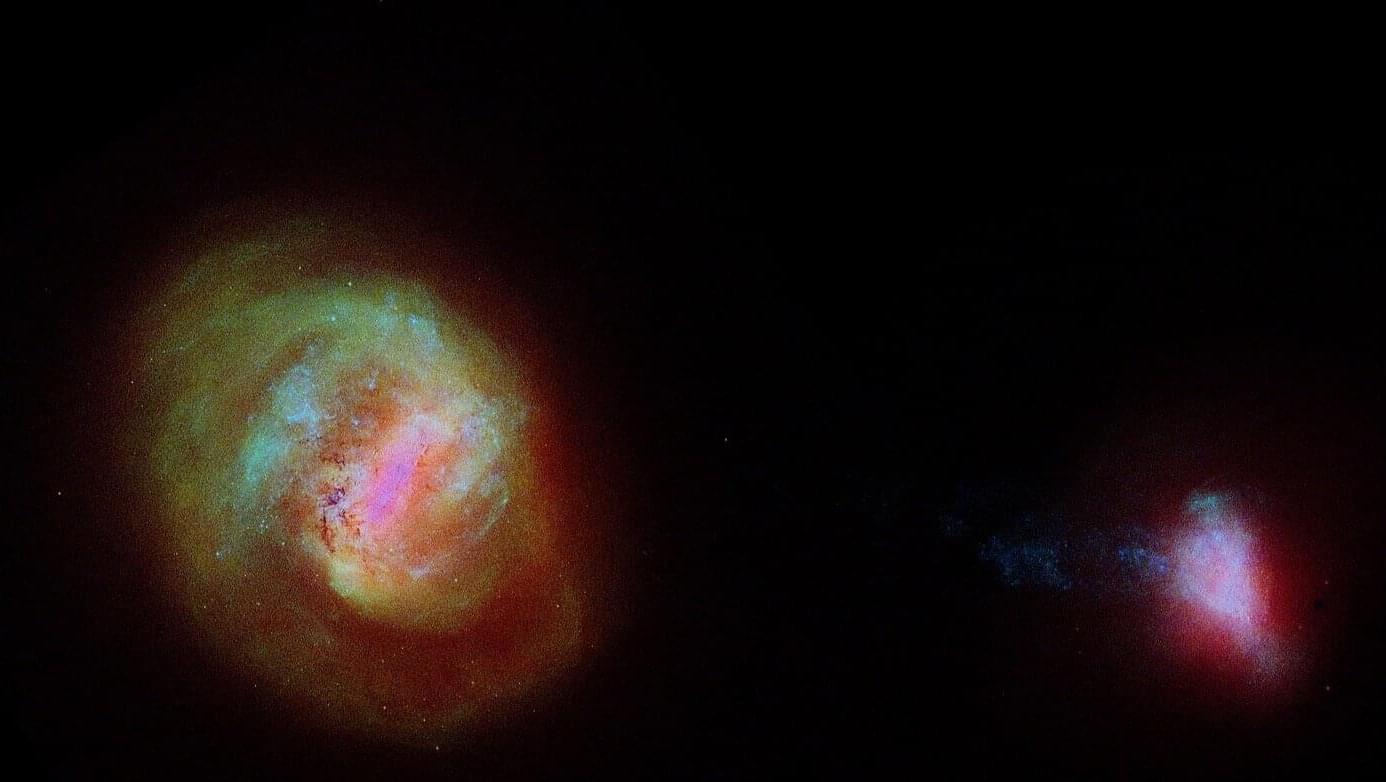
Researchers at Nagoya University in Japan have discovered that Cepheid variable stars in our neighboring galaxy, the Small Magellanic Cloud (SMC), are moving in opposing directions along two distinct axes. They found that stars closer to Earth move towards the northeast, while more distant stars move southwest.
This newly discovered movement pattern exists alongside a northwest-southeast opposing movement that the scientists previously observed in massive stars.
These complex bidirectional movements along two different axes indicate that the SMC is being stretched by multiple external gravitational forces—its larger neighbor, the Large Magellanic Cloud (LMC), in one direction and another currently unknown mechanism in the other. The findings are published in the journal The Astrophysical Journal Letters.